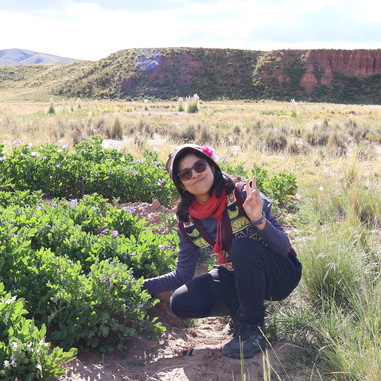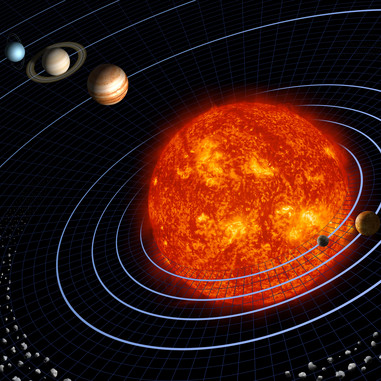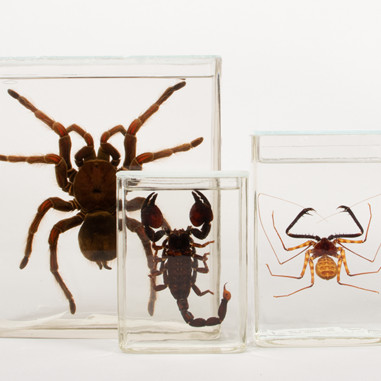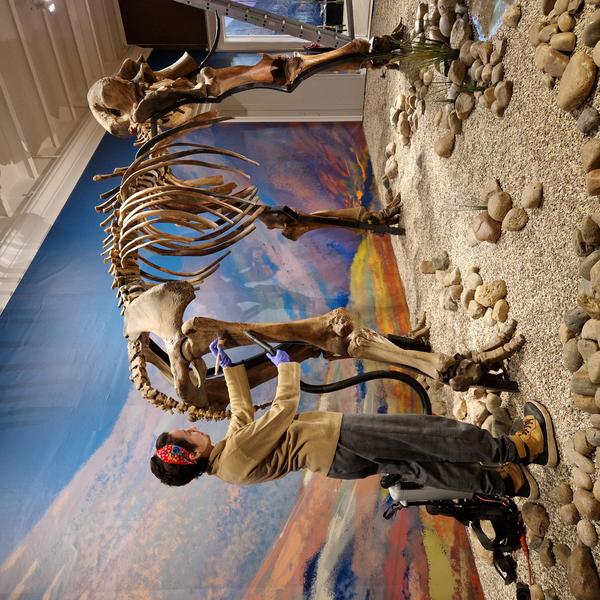
Deinstalling the Neanderthals exhibition
By Anastasia van Gaver
Thorough documentation is an essential part of the conservation process, both at the start and end of an exhibition. One form of documentation we use is photography, capturing images of the specimen or artefact before it goes on display, as well as after it gets taken down. This way, we can easily see if the condition has changed over the exhibition period. For example, have colours faded? Have old cracks gotten larger, or have new cracks appeared?
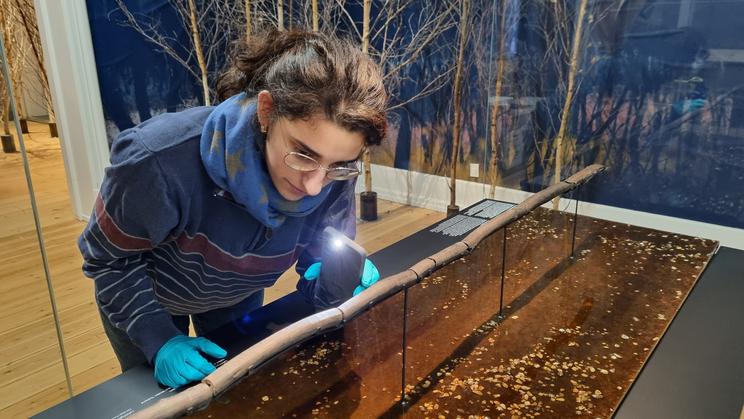
Another important part of deinstallation is the cleaning and packing of artefacts before they return to storage or are sent to another museum. Cleaning is essential for objects that have been on open display, i.e. objects which are not in a case, and therefore exposed to much more dirt and dust. Regular dusting of open display objects throughout the year is one of the responsibilities of the conservation team, but nevertheless, dust still accumulates. This was especially the case for the mammoth skeleton: the bones had to be brushed and vacuumed by conservators before being individually labelled and carefully packed for transport.
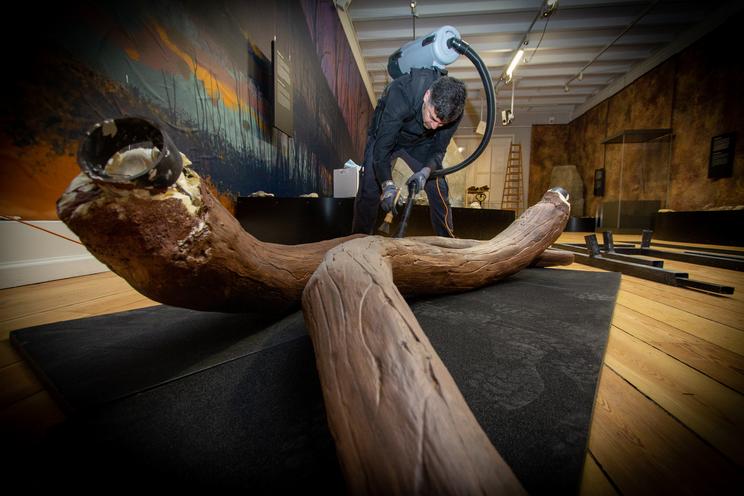
Labelling specimens and/or specimen parts is also essential during deinstallation. A full skeleton is a life-size jigsaw – without clear labelling, we would risk mounting the bones in the wrong order, which would make the specimen scientifically inaccurate, but also physically unstable on its mount. This is why we gave each part a number, as well as a letter to differentiate between left and right. We then packed the bones by group into transport crates, dismantled the metal mount, and shipped the mammoth back to its original location at the Skandinavisk Dyrepark.
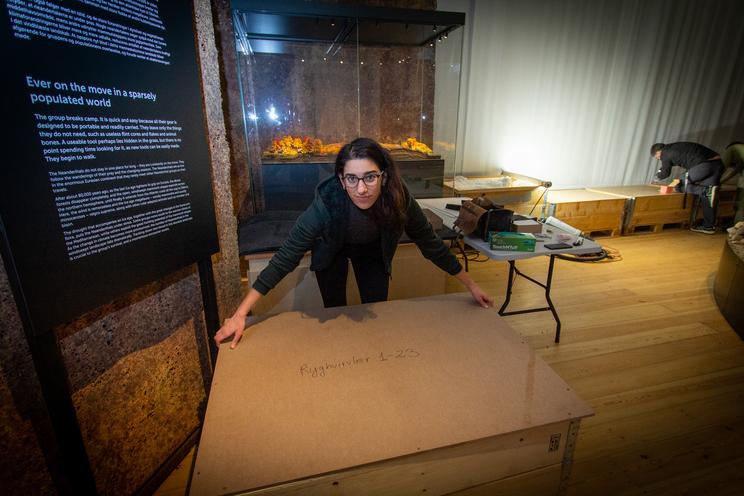
In a few weeks, the museum team will be installing a new temporary exhibition. Come and see Monkeys – A Primate Story opening on May 17th and meet your relatives!

